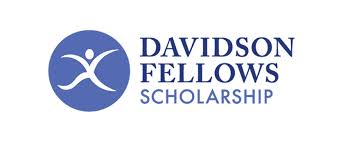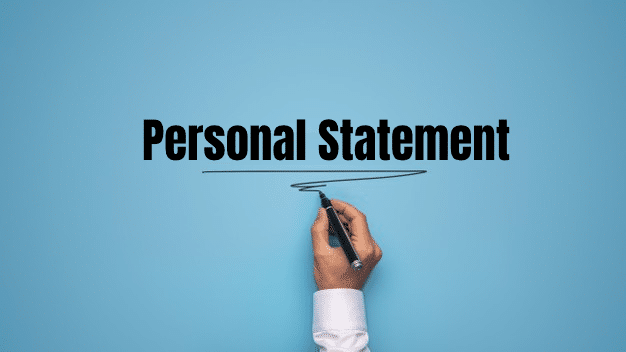Canada’s commitment to innovation and research is unmatched, and one of its most prestigious awards for postdoctoral researchers is the Banting Postdoctoral Fellowship. Offering $70,000 per year for two years, it is among the highest-paying fellowships globally. If you’re aiming for a research career, especially in high-demand fields like Artificial Intelligence (AI), this fellowship can dramatically elevate your academic and professional journey.
This blog post walks you through everything you need to know — from securing admission into a host university, to winning the scholarship, to successfully settling into Canada.
🔍 What is the Banting Postdoctoral Fellowship?
The Banting Postdoctoral Fellowships Program provides funding to the very best postdoctoral applicants, both Canadian and international, who will positively contribute to Canada’s economic, social, and research-based growth.
Key Facts:
- Funding Amount: $70,000/year (taxable)
- Duration: 2 years (non-renewable)
- Deadline: Fall 2025 (for 2026 intake)
- Eligibility: Canadian and international PhD graduates (within the last 3 years)
🎯 Step-by-Step Guide to Secure the Fellowship (with AI as Case Study)
✅ Step 1: Choose Your Area of Research
Pick a high-priority research area in Canada. AI, climate science, clean energy, indigenous health, and data science are strong options.
Example: You want to research “Ethical AI Systems in Healthcare Decision Making”.
✅ Step 2: Identify a Canadian Host Institution
You must be hosted by a Canadian university, institution, or affiliated research center.
Recommended AI-focused Institutions:
- University of Toronto – Vector Institute for AI
- University of British Columbia (UBC) – AI research group in Computer Science
- McGill University – Centre for Intelligent Machines
Reach out to potential supervisors with:
- A strong CV
- A clear research proposal
- Intent to apply for the Banting Fellowship
🔹 Pro Tip: Tailor your pitch. Professors are more likely to support applicants who align with their research interests.
✅ Step 3: Secure a Supervisor’s Commitment
Before applying, get an official Letter of Support from your proposed supervisor and institution. The institution must endorse you.
📌 You cannot apply without institutional endorsement.
✅ Step 4: Craft a Competitive Research Proposal
Your proposal must clearly show:
- Originality and innovation
- Feasibility and methodology
- Importance to Canada (health, economy, knowledge)
🧠 Example: Your proposal can be titled:
“Developing Transparent AI Frameworks for Triage Systems in Canadian Hospitals”
✅ Step 5: Submit the Application (via ResearchNet)
You must submit your application through ResearchNet, the Government of Canada’s online portal.
Documents needed:
- Research Proposal (4 pages max)
- CV (Canadian Common CV format)
- Supervisor Letter of Support
- Referee Letters (2 required)
- Fulfilled eligibility criteria (PhD awarded between Sept 15, 2022 and Sept 30, 2026)
🎓 How to Secure Admission for the Fellowship (Postdoctoral Placement)
Though it’s not a standard admission like for undergraduates or master’s students, you still need to be affiliated with a university.
Here’s how:
- Shortlist potential host universities
- Search faculty profiles in your field (AI in this case)
- Email professors with your research idea
- Propose Banting application collaboration
- Request letter of intent or commitment
🧩 Eligibility Checklist
To be eligible, you must:
- Hold a PhD or equivalent (e.g., MD/PhD) from a recognized institution.
- Have completed your PhD between Sept 15, 2022 – Sept 30, 2026.
- Not currently hold or have held a Banting Fellowship before.
- Not be applying to multiple institutions (choose one).
🌎 International Applicants: What You Need to Know
Yes, non-Canadians are eligible. However:
- You must secure a Canadian host first.
- You must relocate to Canada during the fellowship.
- You may need a work permit, not a study permit.
🧠 Course Illustration: AI in Healthcare (Postdoctoral Focus)
Let’s illustrate the full process using the topic “AI in Canadian Healthcare”:
- Background: You completed a PhD in Machine Learning from the University of Oxford.
- Goal: Apply AI to triage patient cases in emergency rooms in Canada.
- Host: University of Toronto’s Vector Institute.
- Supervisor: Dr. Geoffrey Hinton (hypothetical).
- Proposal: Create a transparent, bias-free AI model to optimize patient prioritization.
💼 Tips to Strengthen Your Application
- Publish in top-tier journals (e.g., NeurIPS, Nature AI, etc.)
- Volunteer or contribute to Canadian research communities.
- Attend AI-focused conferences in Canada before applying.
- Emphasize impact on Canadian society and health outcomes.
📅 Timeline (2025–2026 Cycle)
| Timeline | Action |
|---|---|
| May–June 2025 | Contact supervisors & finalize host institution |
| July–Aug 2025 | Prepare application materials |
| Sept 2025 | Internal deadline at host institution |
| Oct 2025 | Final submission via ResearchNet |
| Mar 2026 | Results released |
| Apr–Sept 2026 | Fellowship start date (flexible) |
✈️ Settling in Canada After Selection
After award:
- Apply for a work permit via IRCC.
- Settle near your host institution (Toronto, Vancouver, Montreal, etc.)
- Explore research collaborations, publishing, and tech industry partnerships.
- Prepare your transition to permanent residency (via Express Entry or PNP if desired).
📌 Final Thoughts
The Banting Postdoctoral Fellowship is not just a scholarship; it’s a career-launching opportunity. With the right planning, especially in a high-demand field like AI, it can set you on a path to global research leadership.


